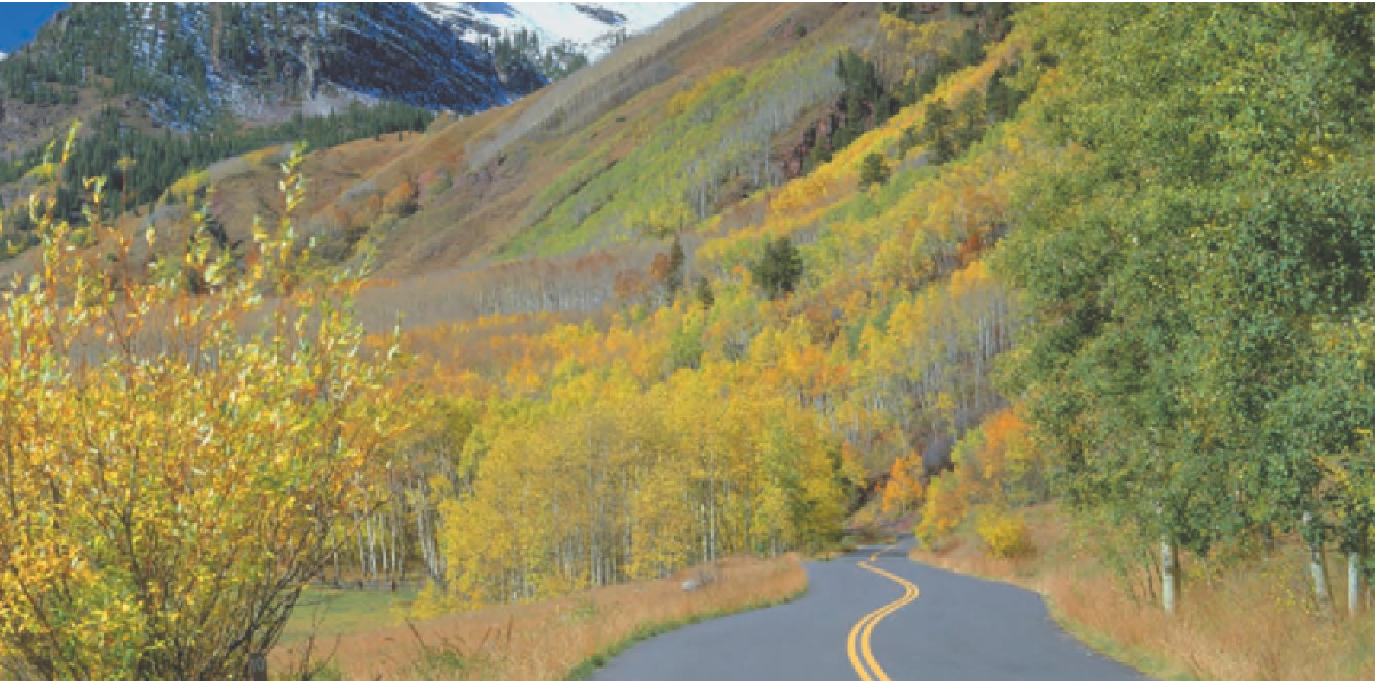Geoscience Reference
In-Depth Information
James Randklev/Getty Images
Climate refers to the general temperature and precipitation characteristics of an area. This image of the Maroon Bells
near Aspen, Colorado, shows two climate regions—one in the high mountains where cold, snowy conditions prevail, and
another at a lower altitude that is sufficiently warm for trees to grow.
L E A R N I N G O B J E C T I V E S
C H A P T E R P R E V I E W
1.
Define the concept of climate and describe the
large-scale factors that influence it on Earth.
2.
Explain the Köppen climate system and how it is used
to differentiate climate regions on Earth.
3.
Discuss the characteristics of the various Köppen
climate regions.
4.
Describe the various methods used to reconstruct
past climate change, the patterns of climate change
in the past two million years, and why it is important
to understand those fluctuations.
5.
Understand the factors that have caused climate
change in the past.
6.
Discuss the issue of global warming and why most
climate scientists feel it is caused by human industrial
activity.
7.
Describe the projected rates of warming in the 21st
century and the impact it is expected to have in the
future.
Climate and the Factors That Affect It
Köppen Climate Classification
Geography of Köppen Climates
Tropical Savanna Climate (Aw)
Humid Subtropical Hot-Summer
Climate (Cfa, Cwa)
Marine West-Coast Climates (Cfb, Cfc)
Global Climates
Remote Sensing and Climate
Reconstructing Past Climates
Reconstructing Past Climates Using
Oxygen Isotopes
Causes of Past Climate Change
The Milankovitch Theory
Human Interactions and Future Climate
Change
The Greenhouse Effect and Global
Climate Change

















































































